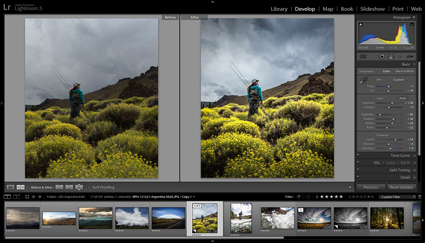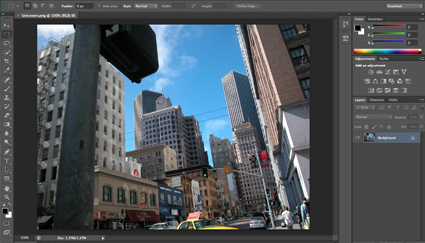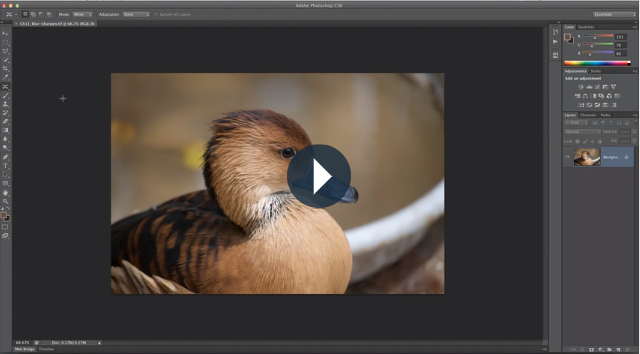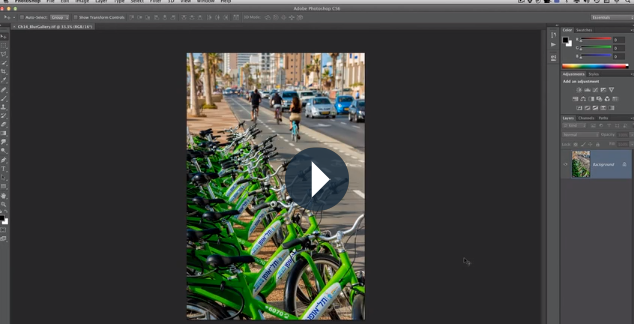New Photoshop CC Feature – Perspective Warp
“Watch as Photoshop Product Manager, Stephen Nielson, shows new Perspective Warp in Photoshop CC. See how you can fluidly adjust the perspective of a specific part of your image without affecting the surrounding area, change the viewpoint from which an object is seen, and seamlessly composite images with different vanishing points or camera positions.”
Find out more about the new Photoshop CC (14.2) features here.
View more Photoshop Videos here.
Learn more in my digital photography and digital printing workshops.





